Eye color CHANGE techniques for aesthetic purposes
In ophthalmology, the demand for surgery to change eye color for aesthetic purposes is increasingly strong for various reasons.
It therefore seems important to take stock of the different techniques existing to date in order to be able to advise patients and inform them of the potential risks.
COLORED LENSES aim for AESTHETICS
Colored lenses are the most common technique for eye coloring.
They represent approximately 7% of the overall contact lens market.
Under medical supervision, colored lenses are no more risky than corrective lenses.
But the lack of medical supervision and poor practices linked to this type of lens wearing (nocturnal wearing, lack of information, lack of medical control, etc.) mean that the risk of infection is increased with a rate of bacterial keratitis higher than that of which can be found for corrective lenses.
LASER DEPIGMENTATION
This technique, rarely carried out in FRANCE, is more practiced in other countries.
It consists of performing yag laser impacts on the iris in order to remove the melanin pigment and to discover the grayish colored iris stroma.
The main disadvantage of this technique is that it does not allow the choice of color.
Some cases of hypertonia or inflammatory reactions have been described.
Many sessions are required to obtain a visible result which is often only visible in bright light conditions.
IRIAN IMPLANTS FOR AESTHETIC PURPOSES
Since 2006, 2 iris implants to change eye color have been developed:
-New color iris (KHAN medical)
-Bright ocular (stellar device)
none of these implants have obtained CE marking (European conformity) or FDA (American food and drug administration) approval.
These implants are silicone discs (approximately 12MM in diameter) with a pupil of approximately 3.5mm held by haptics which rest in the iridocorneal angle.
Very few patients have been operated on in Europe but they are still implanted in certain countries.
Although the aesthetic results are impressive, the complication rate of over 50% makes them very dangerous and very often leads to their explantation.
The most common complications include iris atrophy, hypertonia (risk of glaucoma), and endothelial cell loss which can lead to corneal transplantation.
In short, this technique, due to its high complication rate, requires regular endothelial and blood pressure monitoring and threatens visual function (risk of blindness), so it should be avoided.
It is the duty of every ophthalmologist to dissuade any patient who would like to use this technique sometimes praised on social networks.
CORNEAL KERATOPIGMENTATION (FLAAK) FOR AESTHETIC AIM
Initially practiced for aesthetic purposes to treat post-traumatic aniridia or iris defects.
Corneal keratopigmentation was first described by GALEN to mask leukomatous corneal opacities; the technique consisted, after cauterizing the cornea, of injecting an intracorneal pigment (such as copper sulfate).
Then in the 19th century corneal tattoos were described using Indian ink needles.
Today, corneal keratopigmentation has evolved, demonstrating its interest for aesthetic purposes to improve the aesthetic appearance of traumatized irises or for bothersome functional symptoms (photophobia diplopia) in certain pathologies: iris coloboma, aniridia, urets zavalia SD etc.
The use of new pigments, the appearance of femto-second lasers and the safety of this technique have led to the expansion of its indication for pure aesthetic purposes.
Today, FLAAK consists of injecting a pigment into an annular tunnel created with a femto-second laser.
The use of the femto second laser is a source of precision and safety and considerably facilitates the procedure.
The tunnel is created at a thickness of approximately 200 microns with a diameter of 9.5mm leaving a pupil of approximately 5mm.
The pigments used today are 3rd generation micronized mineral pigments.
Some now have CE marking for their application for aesthetic purposes, in fact after histological and immunological studies these pigments have demonstrated their safety eliminating any teratogenicity or toxicity for the cornea.
A wide range of colors is now available, allowing a wide choice of colors close to the natural color of the iris or the colors available for colored lenses for aesthetic purposes.
The satisfaction rate is very high (greater than 92%), and this procedure does not induce any refractive or topographical changes, thus confirming its safety.
CONCLUSION
Today, due to its safety and aesthetic results, FLAAK has established itself as the reference technique in eye color change surgery for aesthetic purposes.
So definitely Corneal keratopigmentation assisted by femto-second laser (FLAAK) therefore appears to be the technique with the most scientific evidence and giving the best results.
